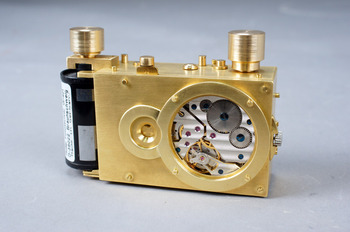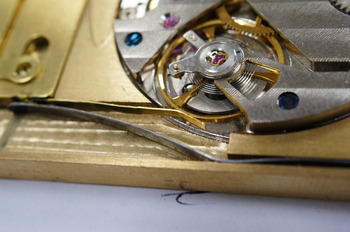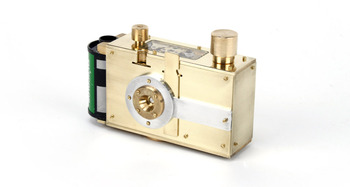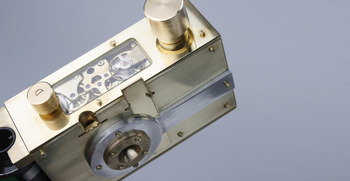The Happy Sport line (previously mentioned) is part of Chopard's (see previous) major watch cash cow, the Happy Diamond line. It's a wide-ranging line, where the recurring motif is the double crystal with the dancing diamonds, or occasionally sapphires, but in a 'sportier' case then the more classical Happy Diamond. The original ones had just brilliant-cut diamonds in the little cylindrical settings -- the secret is that the bezel is taller on the sides then the stone, to keep it from scratching the top crystal and that the bottom is domed to make them less stable, and more prone to dancing across the face. Since then they've gone all over the place, including dancing snowflakes and even a dancing flip-flop on the Happy Beach line.
To celebrate the 20th anniversary of this ostentatiousness they've released a unique anniversary piece, the Happy Sport Diamantissimo!
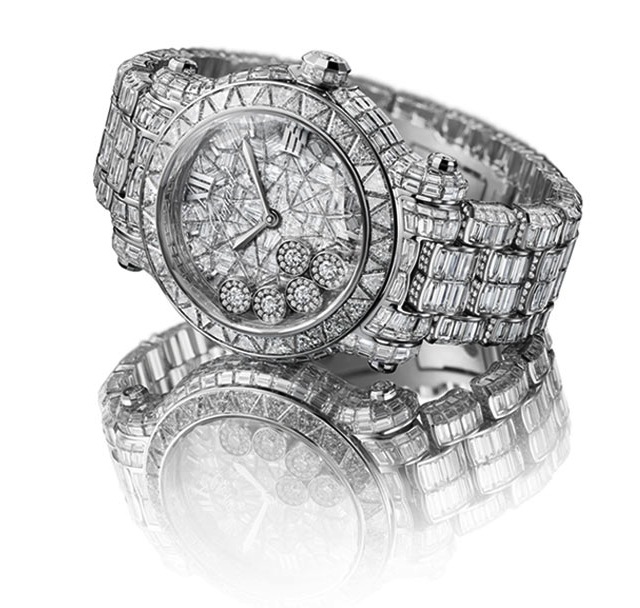
The case and bracelet is 18kt white gold, set with 958 baguette-cut diamonds and 1,978 brilliant-cut diamonds totaling 65 carats. The diamonds cover the case, front, sides, back and crown, as well as the top and sides of the bracelet, basically any surface that's big enough to take a diamond, has one. The dial has white diamond marquetry in the design of a snowflake, in case the message of "unique" wasn't obvious enough.
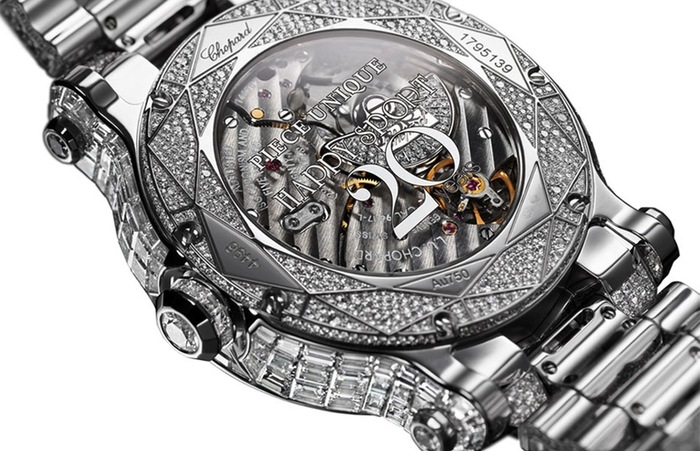
I applaud them for using their excellent in-house LUC 1.96 caliber, better then the commodity ETA or Quartz movements which power the majority of the line. To make it fit the pattern the rotor is, of course, set with diamonds. According to Chopard, the piece took 4,500 man hours, including over 1,700 for just setting the diamonds. If you have to ask, it will probably be in the range of 1,300,000 CHF
(source)
A
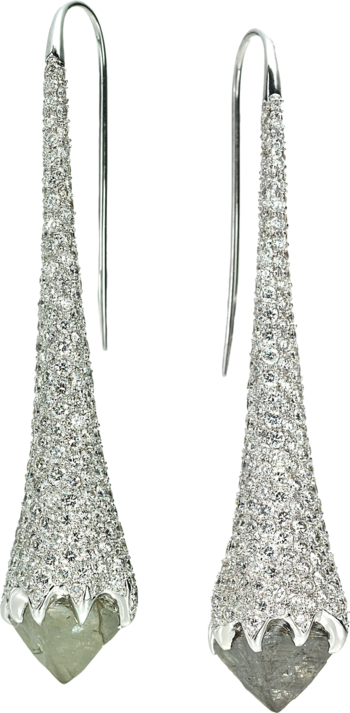
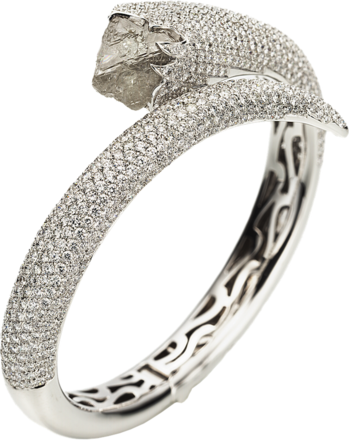

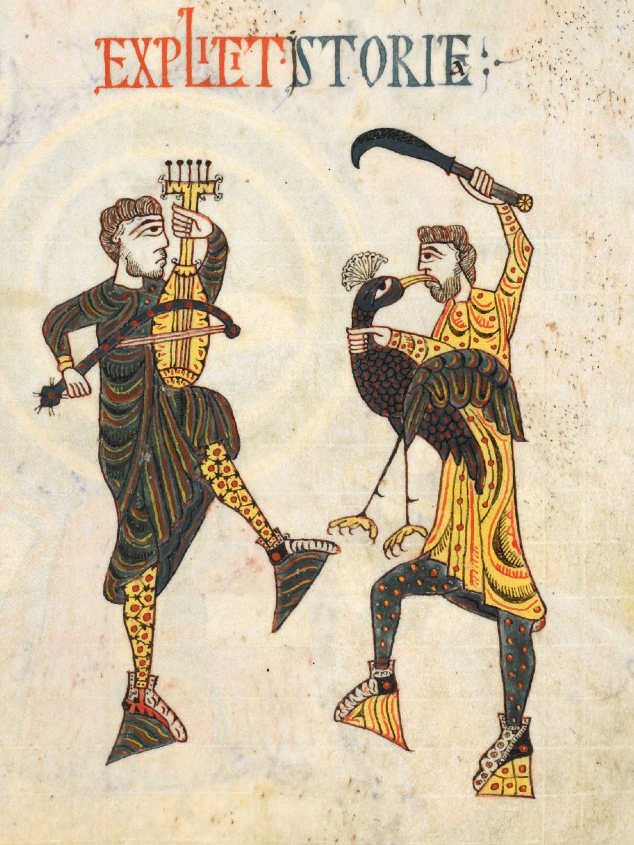

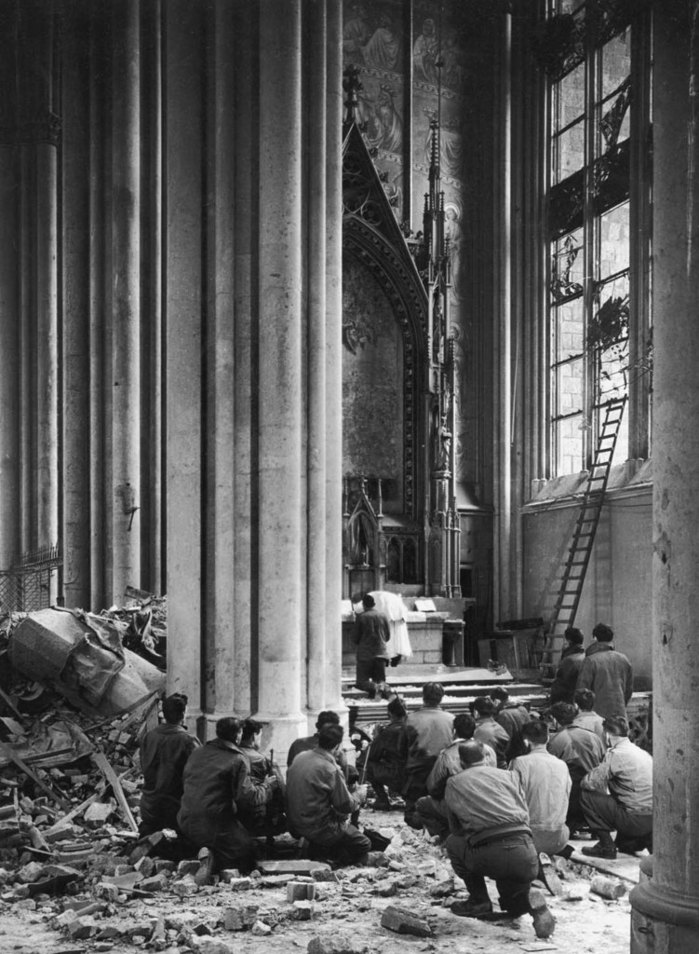
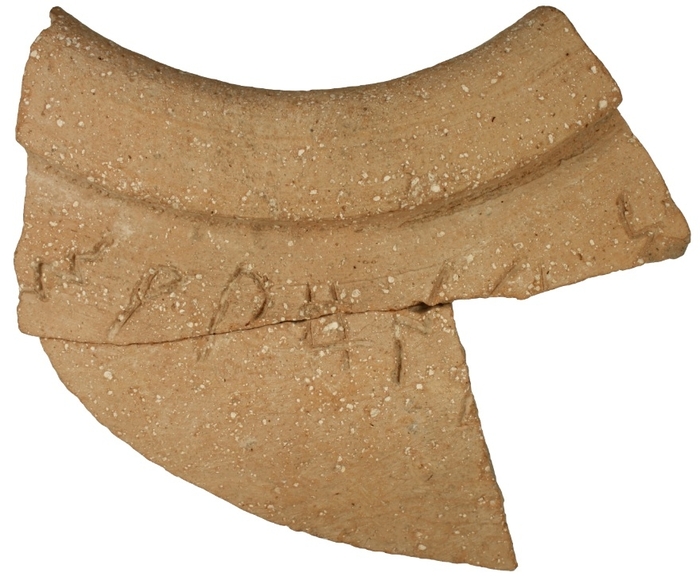


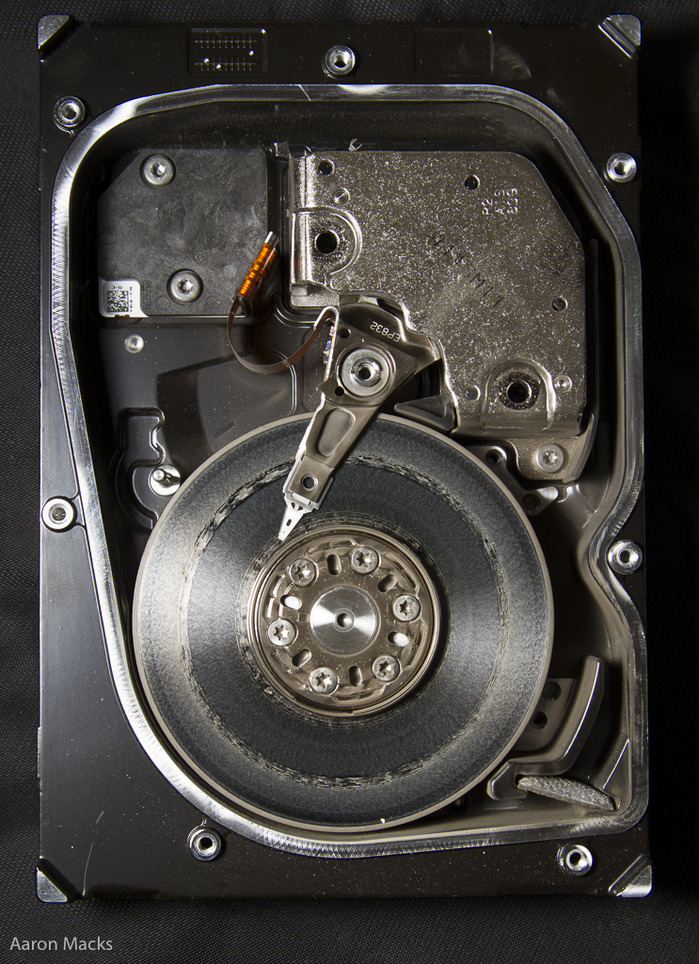
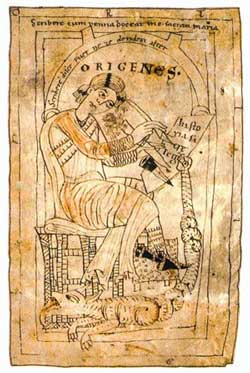 Bibindex
Bibindex